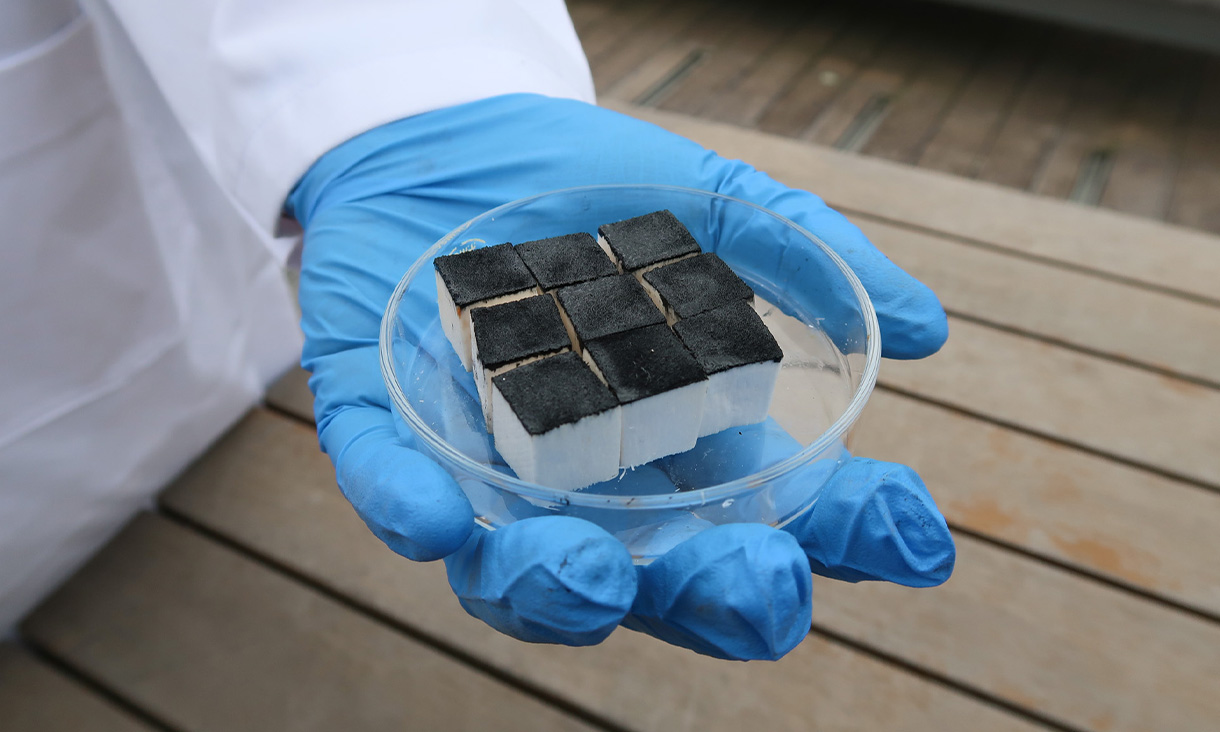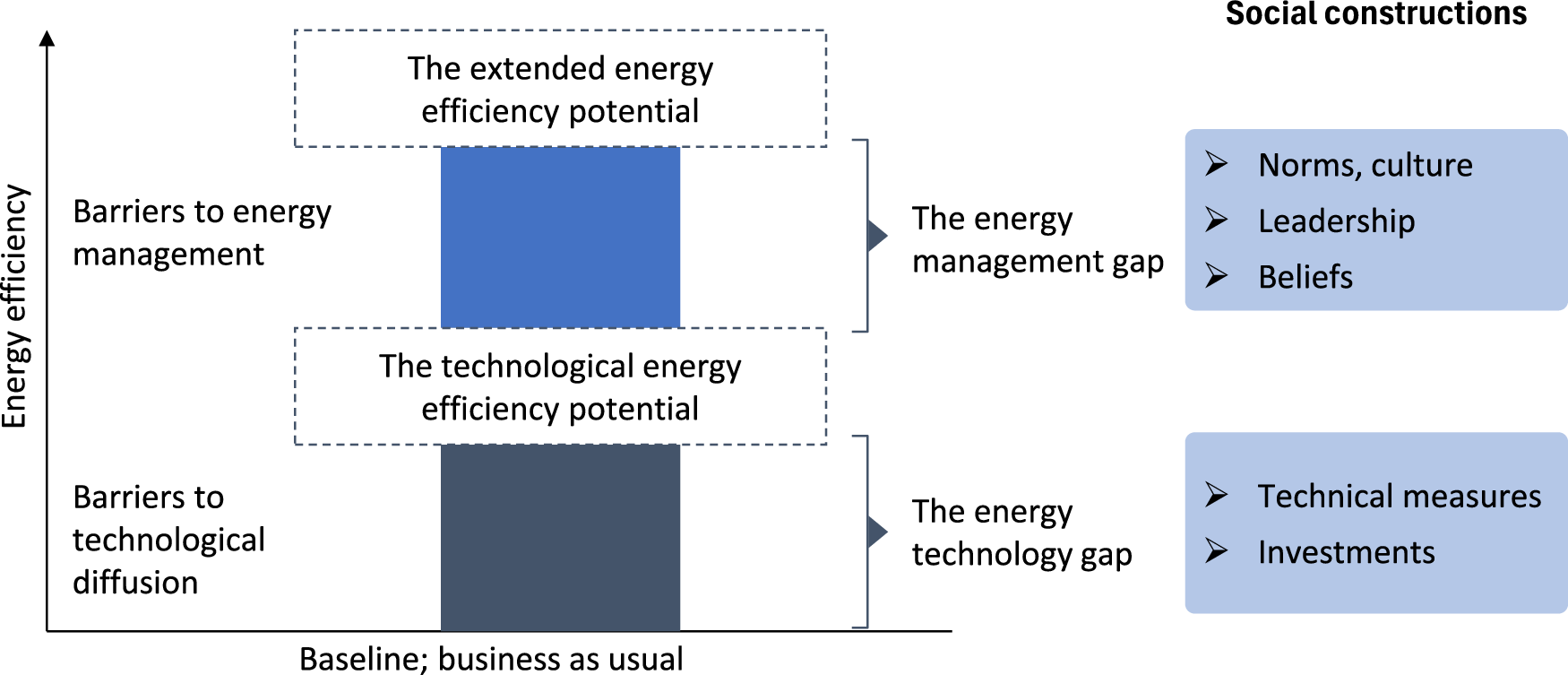2025-05-08 ロイヤルメルボルン工科大学(RMIT)

With nine sponge cubes, each weighing 0.8 grams, 15 milliliters of water can be absorbed from the atmosphere. Credit: Shu Shu Zheng, RMIT University
RMIT大学と中国の研究機関による共同研究チームは、空気中から水分を吸収し、太陽光の力で水を放出するスポンジ状の装置を開発しました。この装置は、湿度30〜90%、気温5〜55℃という広範な環境条件下でも効果的に機能し、従来の霧採取や放射冷却技術が苦手とする低湿度環境でも水の収集が可能です。
◆装置の素材には、バルサ材のスポンジ状構造を基に、塩化リチウム、酸化鉄ナノ粒子、カーボンナノチューブ層などが組み込まれています。これにより、夜間に水分を吸収し、日中の太陽光で水を放出する仕組みが実現されています。実験では、湿度90%で1gあたり約2.5mLの水を吸収し、日中にほぼ全量を放出することが確認されました。また、−20℃で20日間保存後も性能を維持し、10回の吸放出サイクル後も効率の低下は12%未満でした。この研究は、オフグリッド環境での持続可能な水供給手段として期待されています。
<関連情報>
- https://www.rmit.edu.au/news/all-news/2025/may/spongy-water-harvester
- https://www.sciencedirect.com/science/article/pii/S0959652625004111
太陽熱を利用した大気中の水利用を目的とした新しい木質系複合材料の開発と特性評価 機械知能を用いたアプローチ Development and characterization of novel wood-based composite materials for solar-powered atmospheric water harvesting: A machine intelligence supported approach
Xingying Zhang, Yangyang Xu, Shenjie Han, Xiang Weng, Wenbo Che, Kongjie Gu, Ying Guan, Youming Yu, Derek Hao, Junfeng Hou
Journal of Cleaner Production Available online: 28 February 2025
DOI:https://doi.org/10.1016/j.jclepro.2025.145061
Abstract
Solar-powered atmospheric water harvesting offers a promising solution to freshwater scarcity by capturing moisture and converting it into drinking water. However, current materials used in this approach often lack stable structures, limiting their ability to retain absorbed moisture effectively. Herein, we developed a novel wood-based material, incorporating wood, lithium chloride, and solar thermal conversion elements to enhance water absorption and retention. Explainable machine learning was employed to predict its moisture absorption-desorption performance. The results showed that the material displayed remarkable hygroscopic properties across a wide range of humidity (30–90%), releasing 99.9% of the adsorbed water after 600 min of exposure to simulated sunlight, and maintaining effective moisture absorption even at −20 °C. The prediction models based on machine learning demonstrate high accuracy, with R2 of testing set reaching 0.988 (moisture absorption rate) for random forest model, and 0.9389/0.9973 (moisture absorption/desorption efficiency) for long short-term memory model, respectively. Additionally, analysis using the Shapley Additive Explanations method revealed that absorption time, lithium chloride concentration, and relative humidity are key factors on absorption rate, while temperature has a lesser impact. Multi-sample prediction visualizations further illustrate the variability in absorption rates, providing key insights for advancing artificial intelligence applications in atmospheric water harvesting.



